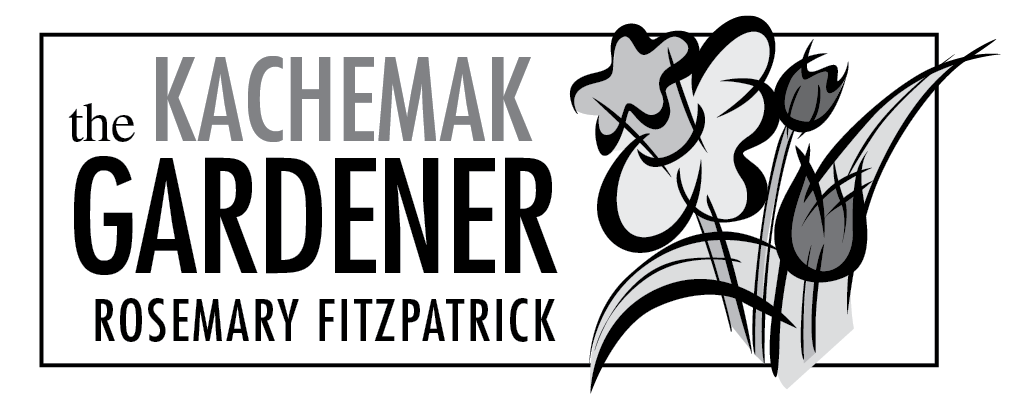It isn’t all that unusual to have five inches of new snow on the first day of spring. There are two ways to cope: either pragmatically or emotionally. I chose to make waffles which I think falls somewhere in-between. John, sensing an indoor tempest, stoked the fire, made me tea, said almost all the right things and then left. Hmmm.
To make matters worse we had returned from Bellingham the week before where our daughter’s garden (the landscape in general) is most certainly answering the siren call of spring. The narcissus I planted for her last fall were in full bloom — oh, don’t get me started on what’s in bloom down there, the list is way too long. But then again so is the list of pests that need be contended with. Trade off.
I’m a believer in weatherunderground.com. Knowing the snow was coming, I took pictures of the crocus in full bloom the day before; then again covered in snow. Nice touch for the photo album if not my soul. By this afternoon it’s almost all gone and the weather forecast is favorable. So favorable that the greenhouse is soon to be in full swing. I usually wait until April 1 but there is no longer a “usual.”
Last year I decided that the greenhouse produced too much food. I have encouraged so many people to have one of their very own that I no longer have enough takers for the produce. So we eliminated three of the three-foot-square tubs that I plant directly into. Well that didn’t work. Not enough tomatoes. So this evening we replaced two of the bins and filled them with compost from the unfrozen pile (what luck is that?). There really needs to be two Brandywine plants out there to make my heart sing. Last year, with the reduced number of plants, it just didn’t look right, or feel right, or smell right.
Tomorrow I’ll water the bins, turn on the heat and give the thing a few days to settle on a temperature. Ideally I would like it to go no lower than 40 degrees. If the heaters can’t keep up I cover the seedlings with floating row cover to add a little protection. That should bring me to early next week when I can bring the seedlings out from under the lights in the guest room and let them start the process of facing a Homer summer.
Those seedlings are looking fabulous. I had a friend tend them while we were gone for the week and she did such a nice job. I am fortunate and grateful to have a few friends who are undaunted by the prospect of tending my seedlings while I flee for a week or so in March.
The tomato seedlings have been transplanted once. The stem needs to be buried so roots develop along its length. When they move to the greenhouse I will again bury the stems by laying the plant on its side so only the very topmost leaves show. Three quarters of the plant is under ground developing a lovely root system.
People who see these plants at this stage say “Mine are so much bigger than yours” and leave feeling very proud of themselves. I don’t rock their boat.
Tomatoes are surface feeders. I know that many of you have excellent production growing them in five gallon buckets. Mine are in three foot square bins that are only eight inches deep. One plant per bin. This gives them air circulation, light, water and the nutrients from the compost that fills the bin. Fresh compost every year. It certainly does work for me. Give it a try.
When you go to the nurseries control yourself. Just how many tomato plants do you really need?
We are a family of two most of the time. A steady stream of more family and friends flows through here all summer making it somewhat difficult to judge how much of what to plant. I do go heavy on lettuce knowing I can toss a salad in a pinch. That leads me to plant more cucumbers than I would think really necessary. Then one more tomato plant. It really is a juggling act.
But you may still have a bit of planning ahead of you. Do you have an established vegetable plot? If not do you know where you will put it? Is it close to a water source? Is it shaded by spruce? Think this through. Planning now will save you time, money and effort.
Make a list of what vegetables you are willing to eat. Don’t be planting things that will just end up in the compost. Keep the whole effort manageable so you are enjoying yourself. If you are a seasoned gardener ask yourself this “Is this the year I downsize the garden?”
Rosemary Fitzpatrick is a longtime Homer gardener. She has been writing Kachemak Gardener since 1990.


